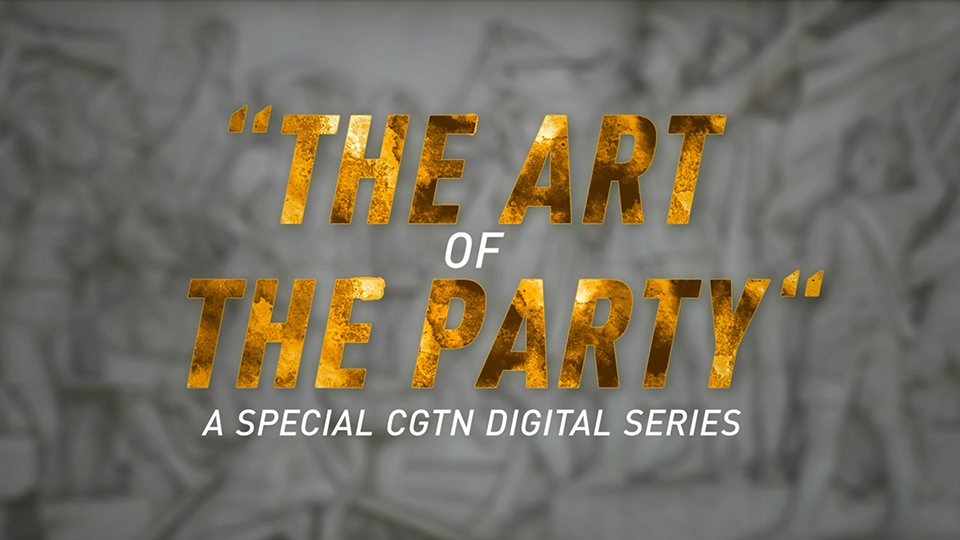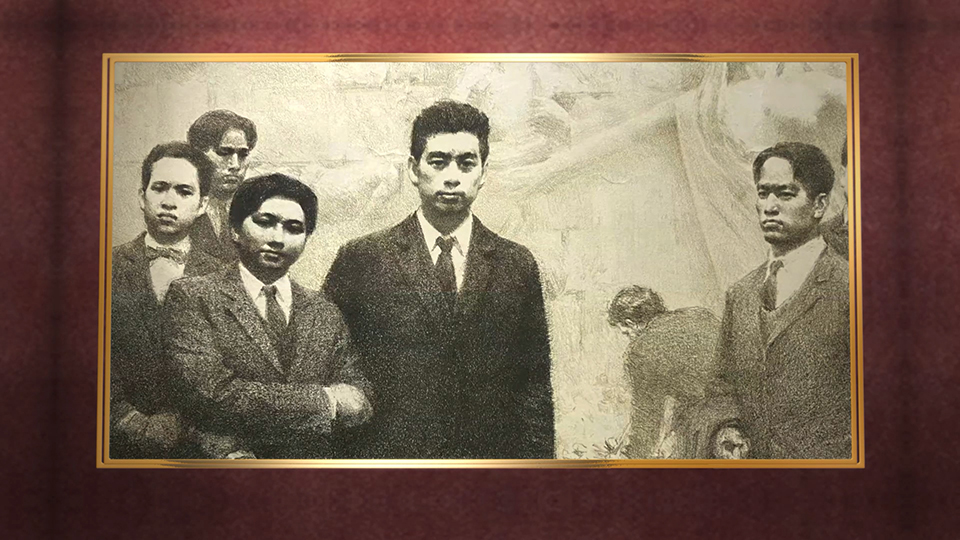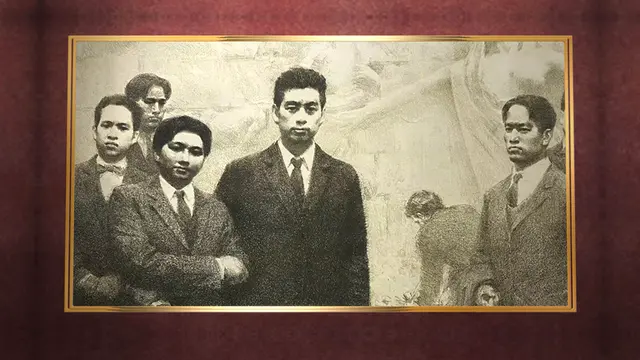00:25

"The Art of the Party" series shows you the historic moments of the Party in the run-up to the 100th anniversary of the Party's founding.
01:29

This lithograph was created by Chinese artist Wen Guozhang in 1978.
It profiles some young progressive Chinese students who went to France under a work-study program in the early 1920s to establish their communist beliefs.
They all later became the founding fathers of the People's Republic of China (PRC).
Zhou Enlai, the first Premier of the PRC and Deng Xiaoping, chief architect of China's reform, were among them.
After the end of World War I, China faced poverty and other hardships.
Between 1919 and 1921, thousands of Chinese youths travelled to Western Europe under the Diligent Work-Frugal Study Movement.
The student-workers eagerly learned new ideas and sought a path to help China.
The growing surge of communism across Europe had inspired Zhou to examine whether the socialist movement and theory could be adopted in China.
While in Europe, Zhou worked as a reporter for a newspaper based in the north Chinese city of Tianjin to promote new ideas he studied in Europe and organize communist activities.
The 16-year-old Deng pursued his studies in France in the 1920s while working at factories.
Under the influence of older people like Zhou, Deng learned about Marxism and became a firm believer.
In 1921, Zhou helped establish the European branch of a Chinese communist group in France.
The dream of Chinese communists had begun.
Check out
The China Report
, our new weekly newsletter.Subscribe here!
 简体中文
简体中文

